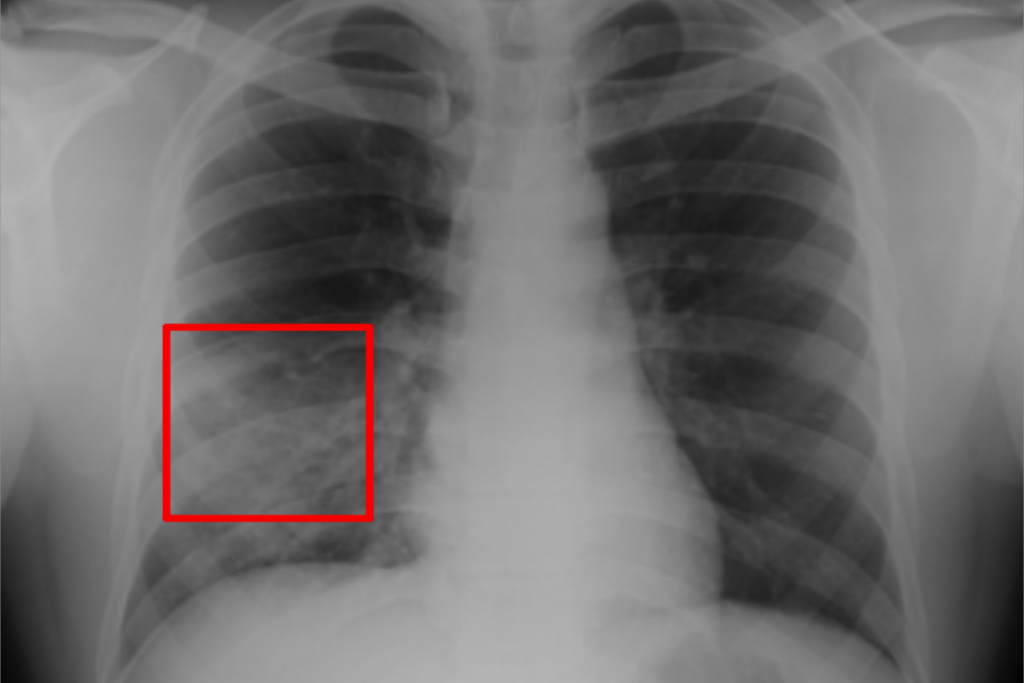

Kinkaid Private Nursing Care offers premium in-home services to patients looking for the best and most intensive care on the market. If you or your loved one is in need of an at-home chest x-ray, please reach out to us to see how we can help. See below how you can receive an at-home chest x-ray at your convenience. While most people assume that the doctor’s office or hospital is the best place to get an x-ray, you can actually receive a chest x-ray at home and avoid the hassle of going to the doctor and the risk of exposing your already compromised immune system.Īt-home care providers can coordinate chest x-rays from the comfort of your own home, and doing so is easy. That being said, the following is an example of a chest x-ray that would be considered “normal”: Because of this, identifying a “normal” chest x-ray is difficult. What Does A Normal Chest X-Ray Look Like?Įveryone’s chest x-ray will look slightly different because no two people are exactly alike. Changes in the size and shape of the heart.Heart problems associated with the lungs.Cancer associated with the lungs and surrounding areas.According to the Mayo Clinic, the following are a few examples of what chest x-rays can be used to detect: What does a normal chest x-ray look like?Ĭhest x-rays reveal a number of things for doctors in and around your chest, so they are important for diagnosing and treating a variety of symptoms and diseases.If your doctor has recommended a chest x-ray, you may be asking the following questions, which we discuss in this article: It's not fun.Chest x-rays are common and can be used to give doctors a better idea of a patient’s condition for a number of diseases or problems associated with the upper body. In any case, I sincerely hope you have an easy time of this whole chronic-illness thing. Maybe it was the CellCept, but maybe it was the time I spent on the road. Suffice to say, my last PFT was slightly better than the previous one. So, of course, my attitude is to really train hard ahead of subsequent PFTs to see if I can put a finger on the scale. Another technician I had suggested the opposite. My big CT scan showed a spot on the lungs but my PFTs looked "normal." I've had some conflicting opinions on PFT "performance." My regular technician suggested certain aspects of the test were "trainable" or possibly the sort of thing cardiovascular endurance training might influence.

Now more to your specific question around the time I got my diagnosis I was just getting back into endurance sports after a slowdown (grad school, kids, life.). The idea is that if the PFTs worsen or I start to get some shortness of breath then we do another CT and see what things look like on the inside. After I was referred to a Scleroderma specialist (who is fantastic, but in Chicago), her workflow was to order a high-resolution CT scan to serve as a baseline along with regular PFTs. When I first saw a rheumatologist and got a diagnosis I got a chest x-ray that was clear. Perhaps my experience may be helpful to you (or at the very least provide some degree of comfort).


 0 kommentar(er)
0 kommentar(er)
